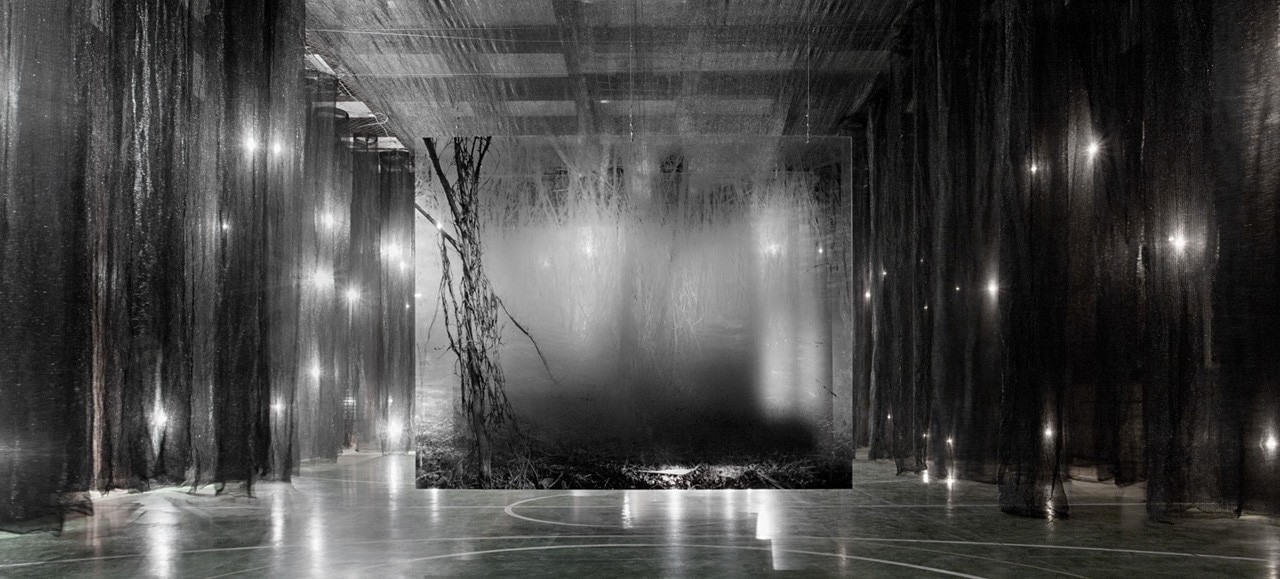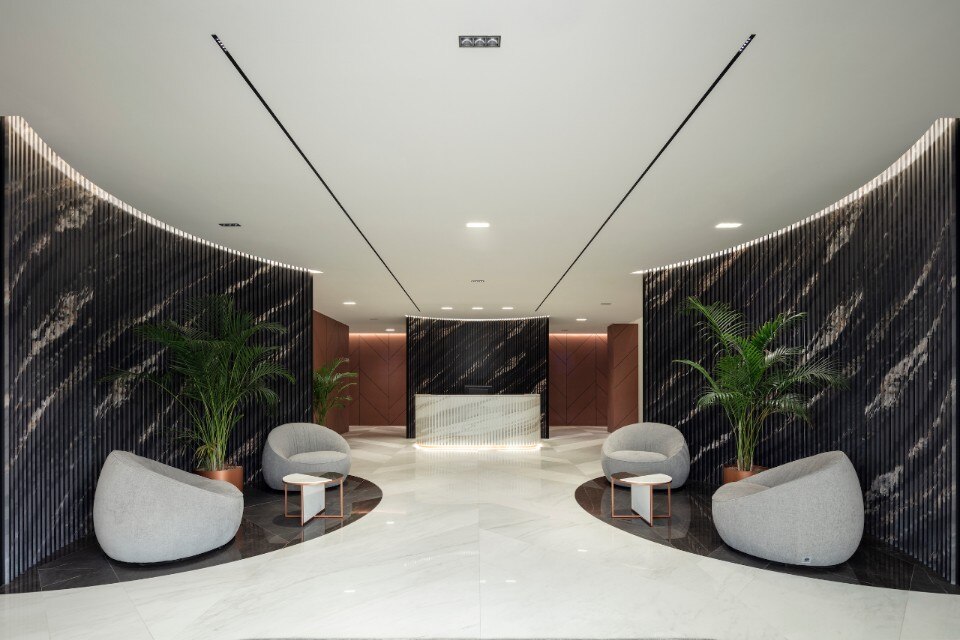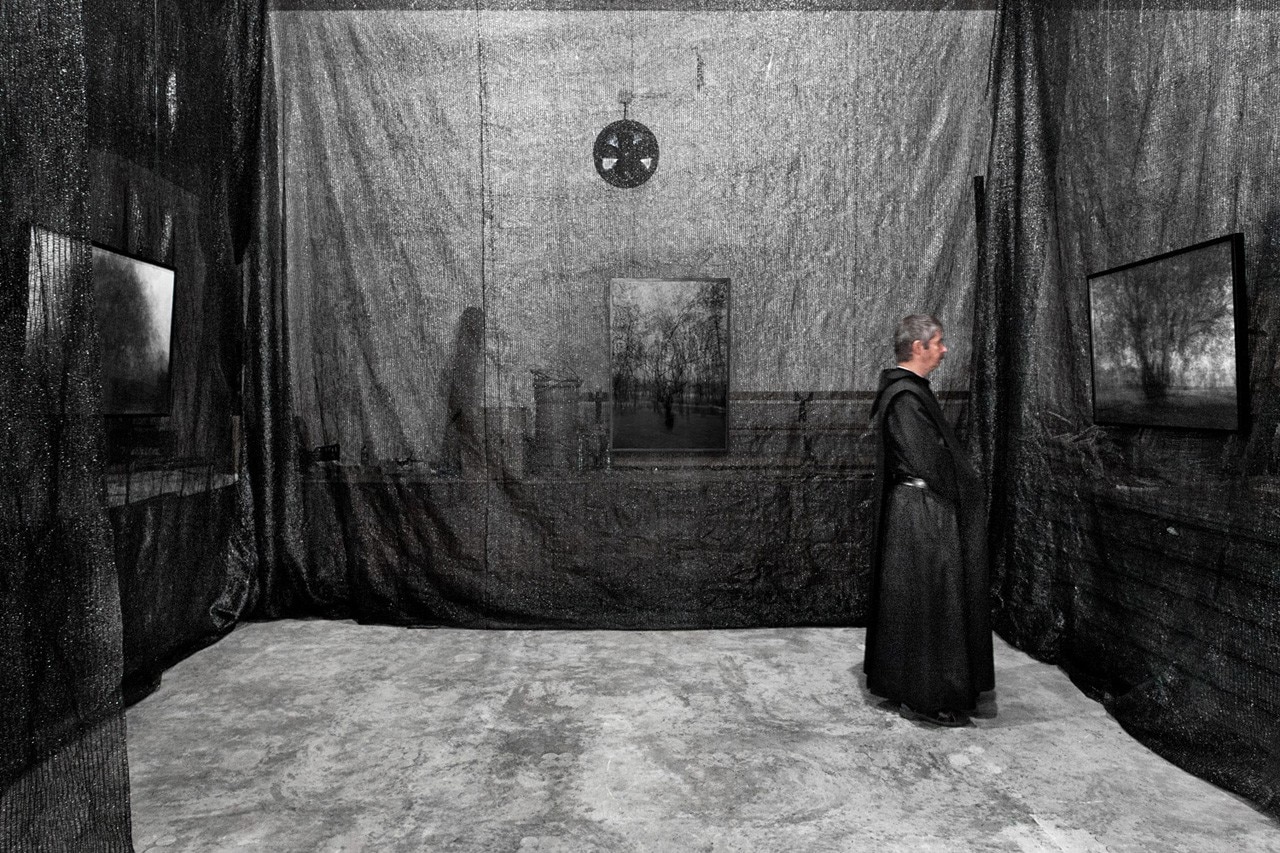
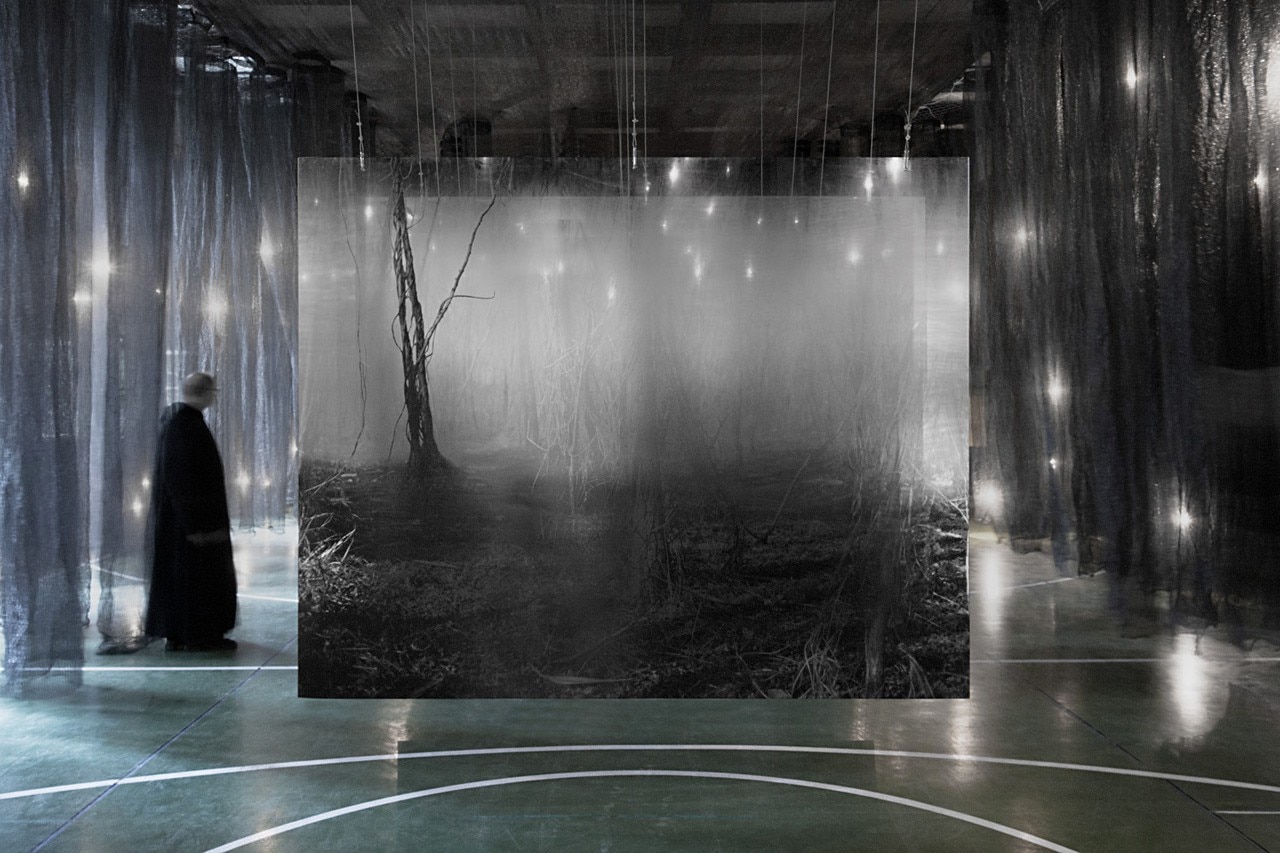
In 2012 international architecture medias recognized the ethereal fabric installation by Dániel Baló, Dániel Eke and Zoltán Kalászi for the festival’s temporary concert hall, made of geotextile. This year the same Hungarian creators composed an imaginary forest atmosphere out of the Benedictine High School’s average gym, creating the third dimension of the graphics exhibited by the graphic designer Nikolett Pálinkás.
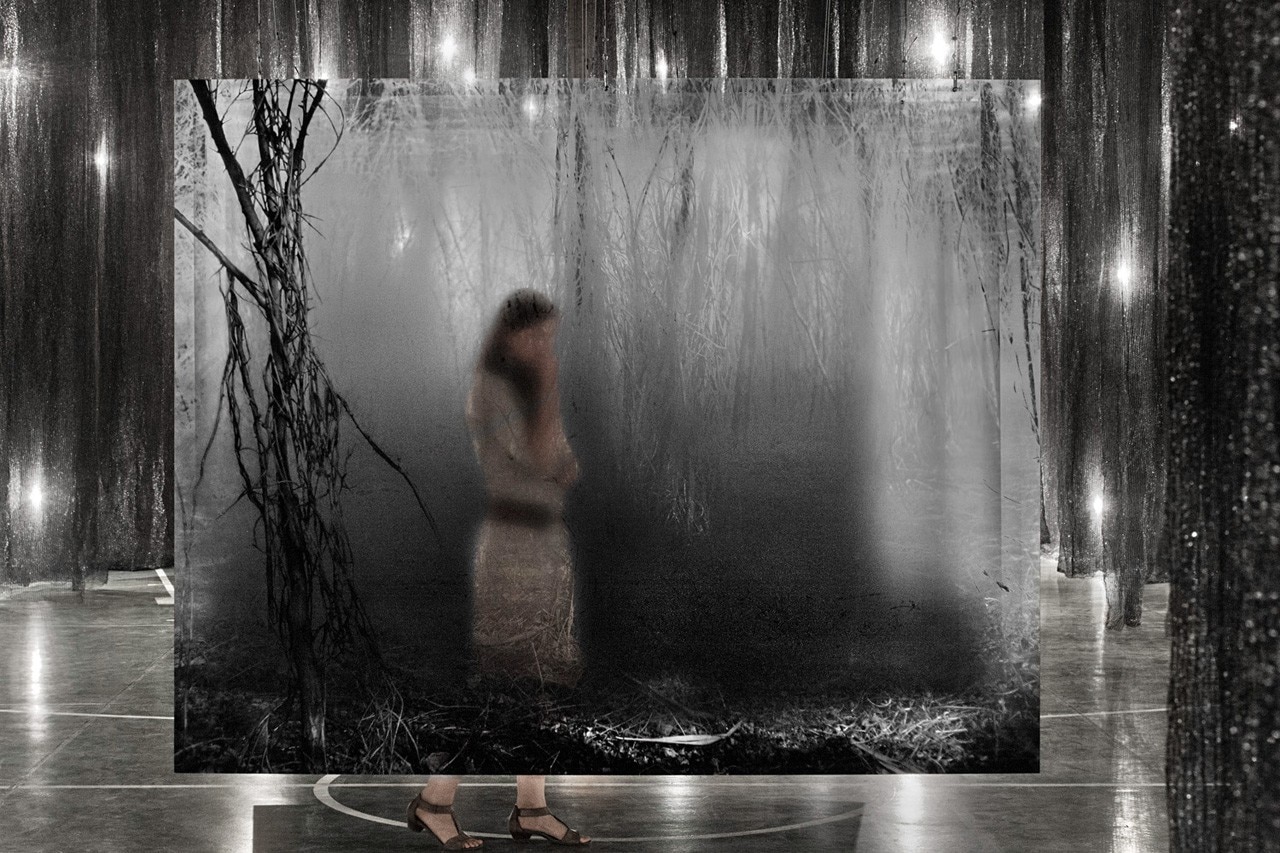
The exhibition space located in the basement consists of a foreground as a “tune-up” room and the gym hall which present the graphically manipulated photos of a forest, printed on 2 m x 2,5 m transparent plastic boards.
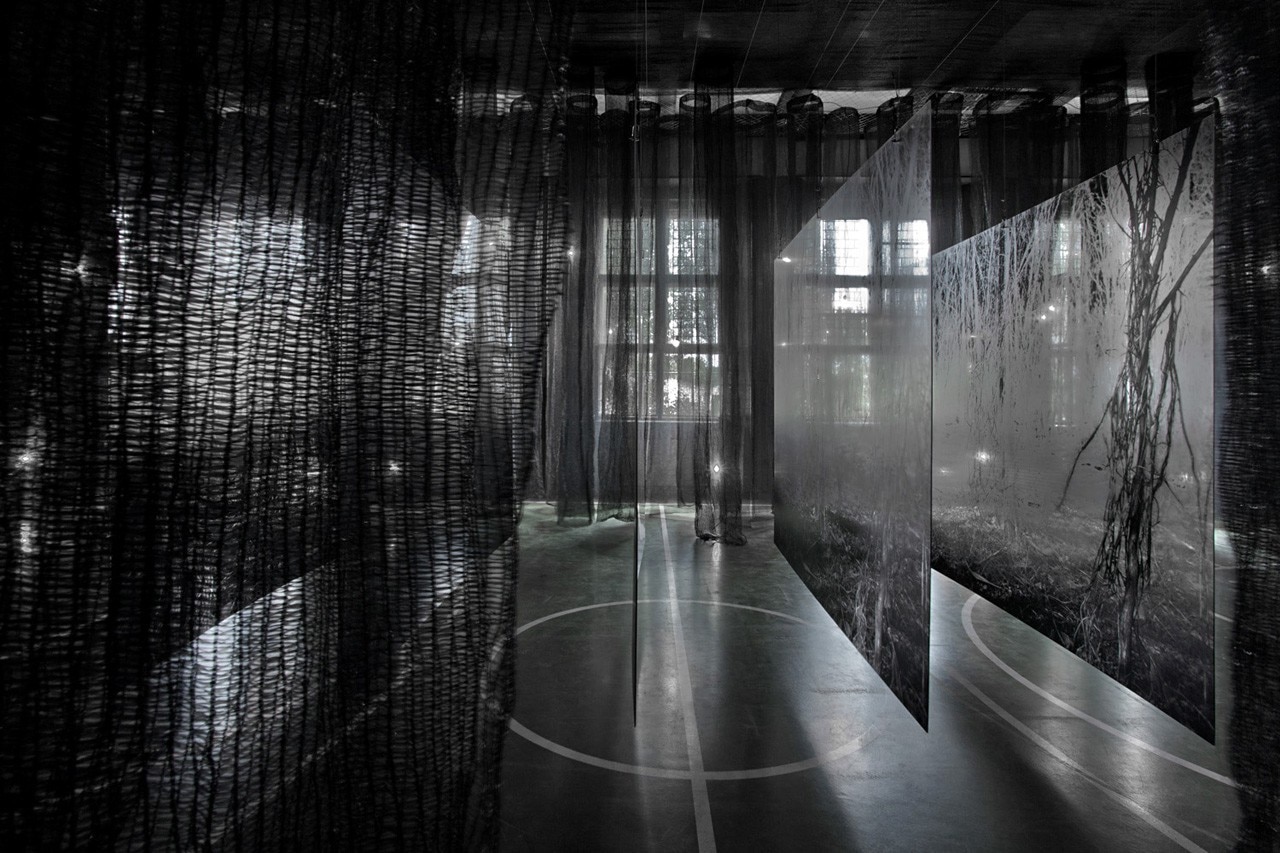
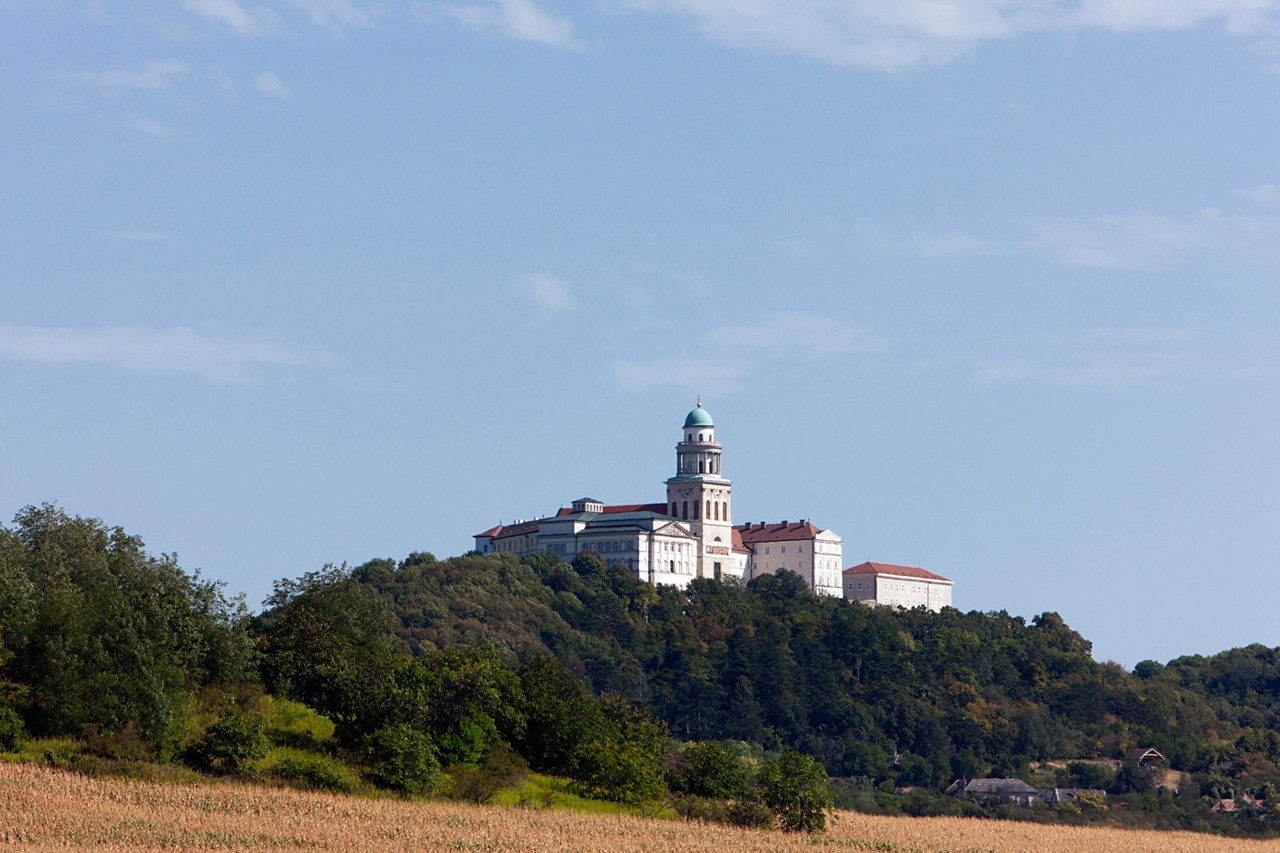
Archabbey of Pannonhalma, Hungary
Architects: Dániel Baló, Dániel Eke, Zoltán Kalászi
Graphic design: Nikolett Pálinkás
Area: 300 sqm
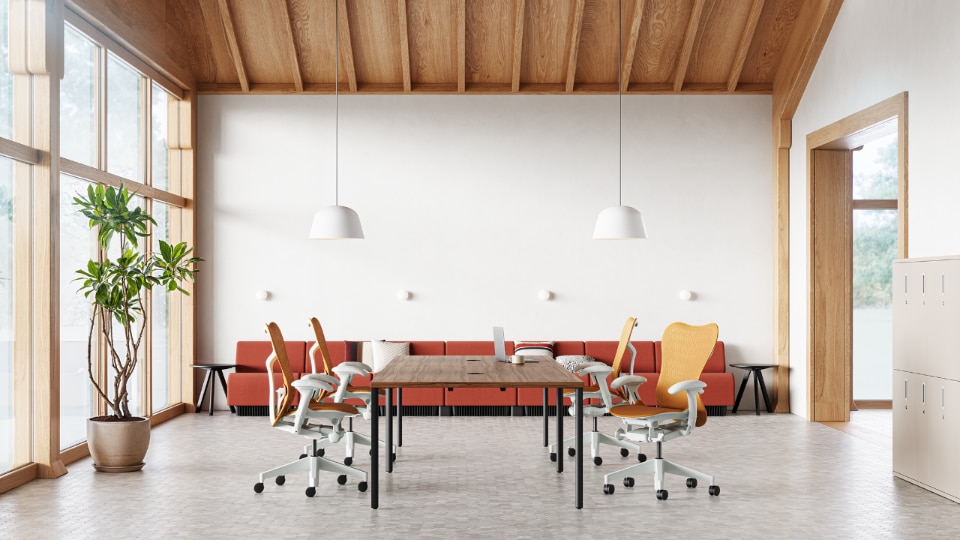
The Mirra 2 combines ergonomics and sustainability
Redesigned by Berlin-based Studio 7.5, the Mirra 2 chair from Herman Miller represents the perfect combination of function and innovation.



